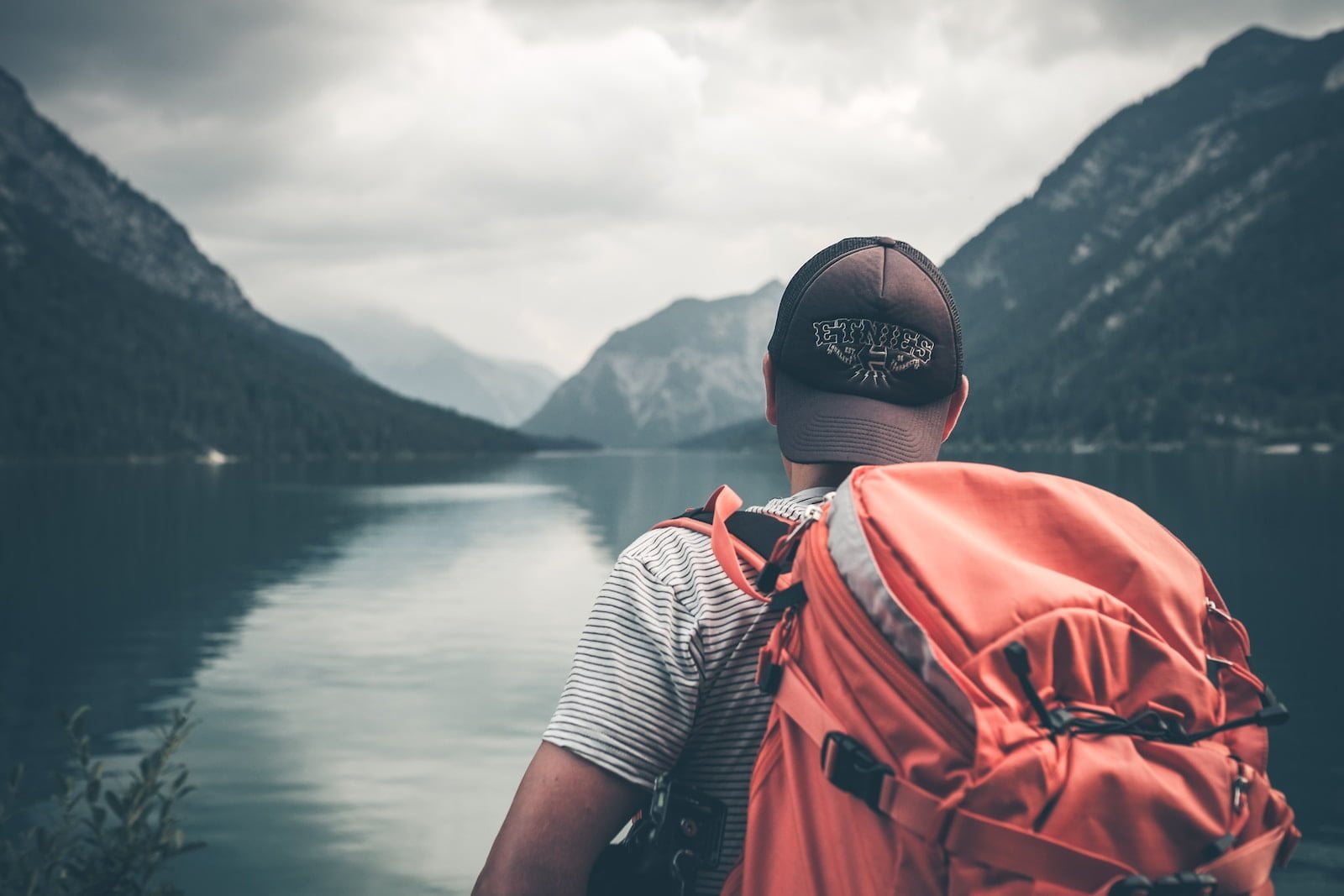What Draws Adventurers to the Andean Peaks of Peru?
Beyond the Amazon rainforest and the coastal deserts of Peru, the Andes Mountains rise majestically, hiding ancient secrets and unparalleled trekking routes. At the heart of these peaks lies Machu Picchu, the lost city of the Incas. But what makes this trek more than just a hike, transforming it into a journey of discovery?
How Do You Prepare for the Classic Inca Trail?
1. Acclimatizing in Cusco: Why is it Crucial?
Ever felt the effects of high altitude? Cusco, the ancient Incan capital, sits at 3,400 meters (11,200 ft). Spending a few days here helps your body adjust to the altitude, reducing the risk of altitude sickness during the trek.
2. What Gear is Essential for the Inca Trail?
Packing for a multi-day trek? Ensure you have moisture-wicking clothing, a reliable pair of hiking boots, rain gear, and a warm sleeping bag. Remember, the Andean weather can be unpredictable.
3. Securing Permits: How and When?
Heard about the limited access to the Inca Trail? Only 500 permits are issued daily, with most going to guides and porters. It’s crucial to book months in advance, especially during the peak season from May to September.
Are There Alternative Routes to Machu Picchu?
1. The Salkantay Trek: A Wilder Path
Seeking a less-trodden trail? The Salkantay Trek offers a challenging route through diverse landscapes, from snow-capped peaks to tropical rainforests, before reaching Machu Picchu.
2. The Lares Trek: A Cultural Immersion
Interested in Andean communities? The Lares Trek takes you through remote villages, allowing interactions with locals and insights into their weaving traditions and daily life.
3. By Train: A Scenic Journey to Aguas Calientes
Not a trekker? The train journey from Cusco to Aguas Calientes, the gateway to Machu Picchu, offers panoramic views of the Andean landscapes, making it a comfortable and scenic alternative.
What Mysteries Await at the Summit of Machu Picchu?
1. The Intihuatana Stone: A Hitching Post to the Sun?
Ever wondered about the rituals of the Incas? The Intihuatana stone, a ritual stone associated with astronomy, is believed to have held the sun in its place during the winter solstice.
2. The Room of the Three Windows: A Tribute to the Incan Trinity?
Curious about Incan cosmology? The Room of the Three Windows, part of the sacred sector, might represent the Incan trinity: the snake, puma, and condor, symbols of the underworld, earthly realm, and heavens respectively.
3. The Temple of the Sun: An Astronomical Marvel?
Fascinated by ancient architecture? The semi-circular Temple of the Sun, built with impeccable masonry, aligns with the sun’s rays during solstices, showcasing the Incas’ advanced understanding of astronomy.
How Can You Ensure a Responsible Trek in the Andes?
1. Supporting Local Communities: How to Give Back?
Want to travel with a purpose? Consider hiring local guides and porters, buying handicrafts directly from artisans, and respecting sacred sites and traditions.
2. Minimizing Environmental Impact: What Practices to Adopt?
Concerned about your ecological footprint? Use refillable water bottles, avoid single-use plastics, and stay on designated trails to prevent erosion and protect the fragile Andean ecosystem.
Why is the Trek to Machu Picchu More Than Just a Hike?
Trekking to Machu Picchu is not merely about reaching an ancient ruin; it’s a journey through time, landscapes, and cultures. As you ascend the Andean peaks, cross cloud forests, and finally stand amidst the stone structures of the lost city, you connect with a civilization that, though long gone, continues to inspire awe and wonder. Ready to embark on an Andean adventure?



